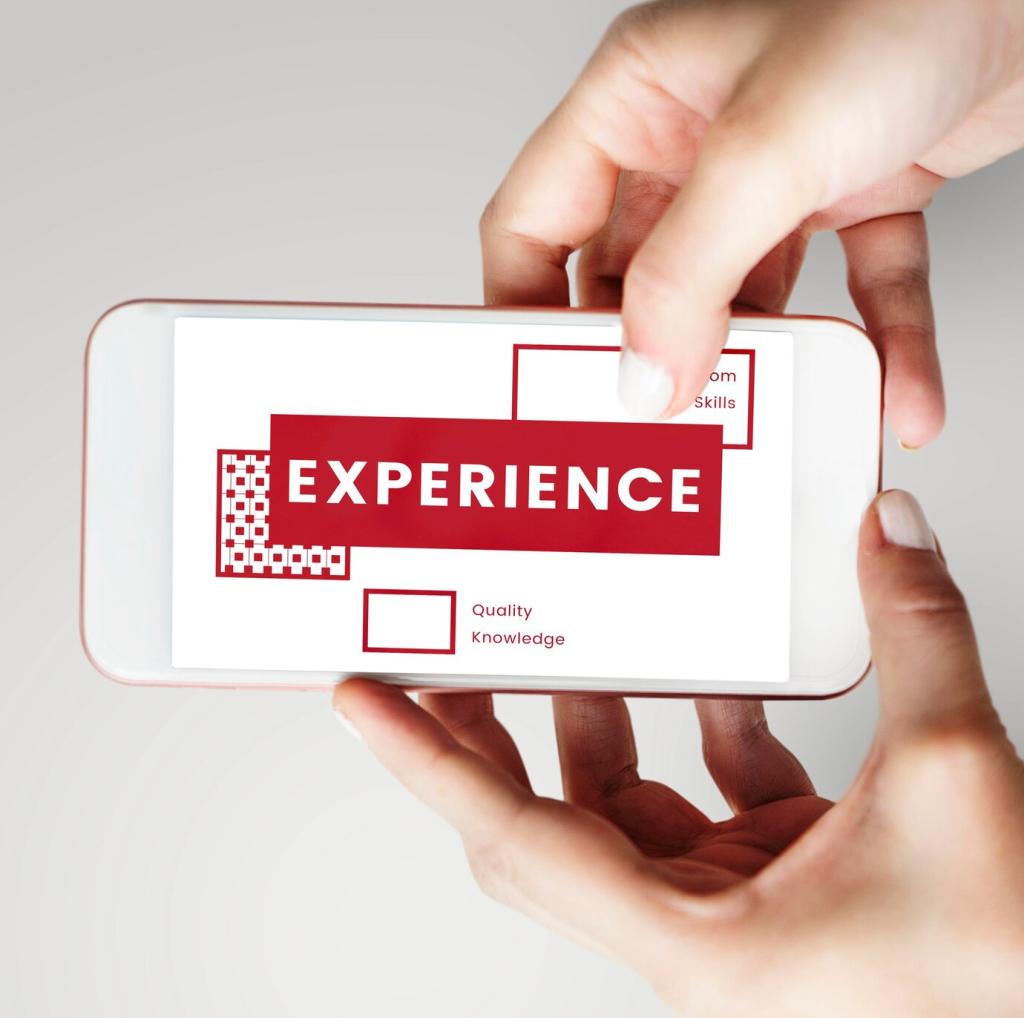Tooling, Metrics, and Experiments
Standardize event names, user identifiers, and contextual properties like feature flags and network state. Keep schemas small and consistent to prevent analysis drift. A coherent foundation lets insights travel from data to decision without translation loss.
Tooling, Metrics, and Experiments
Favor outcome metrics tied to user value—task success, time to complete, error recovery—over vanity counts. Pair quantitative metrics with qualitative snippets so each move has a measurable impact and a human reason behind it.








